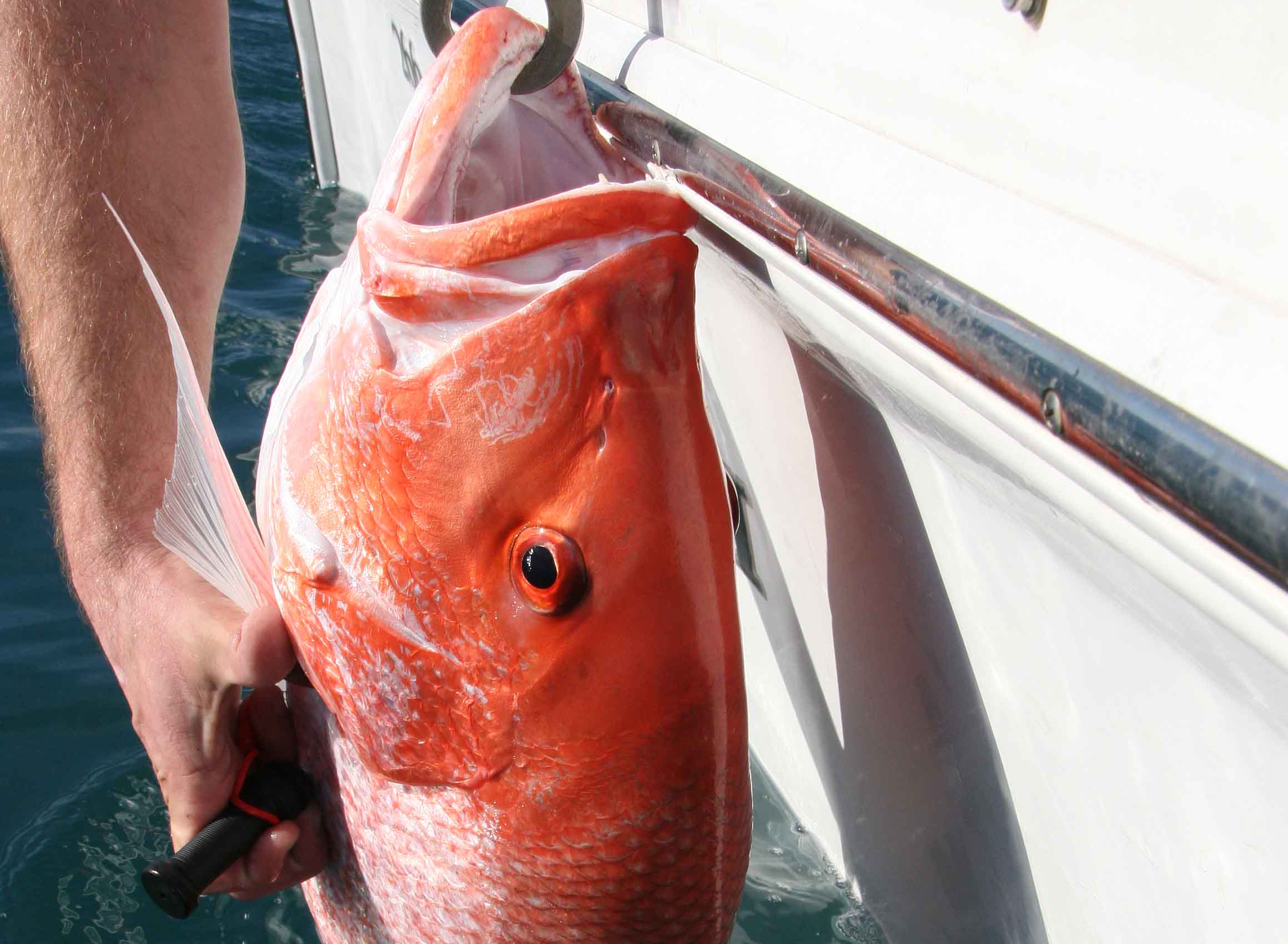When federal guidelines changed last year no longer requiring anglers nine miles off the Texas coast to have a venting tool — a specialized needle to pop expanded air bladders on fish brought up for depth — it wasn’t a signal they no longer work.
It was just the government’s way of saying other means could be used besides a venting tool.
A group out of Florida invented a device known as the Seaqualizer — a device used to take fish down to a certain level and release them without the effects of barotrauma.
It is a pressure-activated to release the fish at a predetermined depth.
Scientists at the Harte Research Institute for Gulf of Mexico studies said recompression tools like the Seaqualizer are better than the normal “pop and drop” venting.
“We use it and think it is the best device out there,” said Greg Stunz, director, Center for Sportfish Science and Conservation and a professor of Marine Biology. “We did very controlled testing in the lab studying fish in a hyperbaric chamber. We recompressed them and vented them with a tool. Neither one was better for the fish — they both work.
Stunz said the difference is where the fish is released.
With a normal venting tool, the fish is released on the surface, where predators often linger.
“Mortality often occurs at the surface because of sharks, dolphins and barracudas,” Stunz said. “By sending fish down to the bottom, it eliminates that.”
Stunz said fish mortality depends on other factors as well.
With red snapper, a lot depends on how long the fish is out of the water,” he said. “On a party boat, where you might have a lot of people bringing fish up at once, the pop and drop method is still acceptable.”
Another issue, according to Stunz, is many anglers don’t know exactly how to properly vent a fish.
“Many people see that stomach sticking out of the mouth and pop that,” he said. “That will kill the fish. It has to be done behind the pectoral fin.”
In lab studies, fish that were properly vented had a 100 percent survival rate. Conversely, fish that were not vented had a 100 percent mortality rate.
Stunz said he thinks the federal rule needs revising again to clarify the misconceptions.
“The regulations went away in federal waters, not because it doesn’t work, but because it didn’t allow for recompression tools,” he said. “It was a very narrow scope. So to avoid complexity, they went away from it altogether. I think it needs to be addressed.
“Fish still need to be vented or sent down.”
How do state biologists view the venting/recompression debate?
“In state waters, venting isn’t necessary,” said Mark Fisher, science director for TPWD’s Coastal Fisheries division. “We’ve not really tackled that because we just aren’t deep enough to need it in state waters.”


